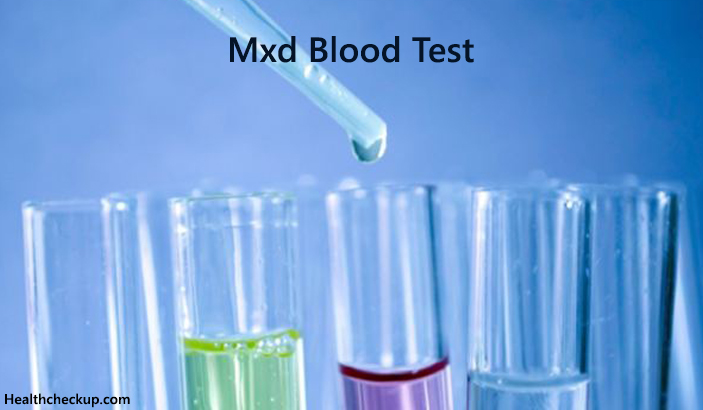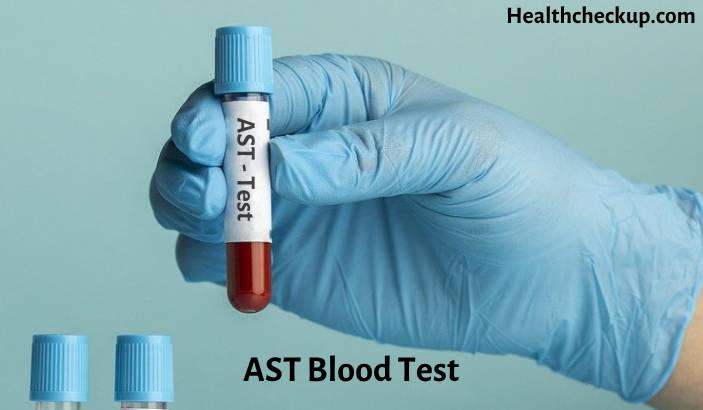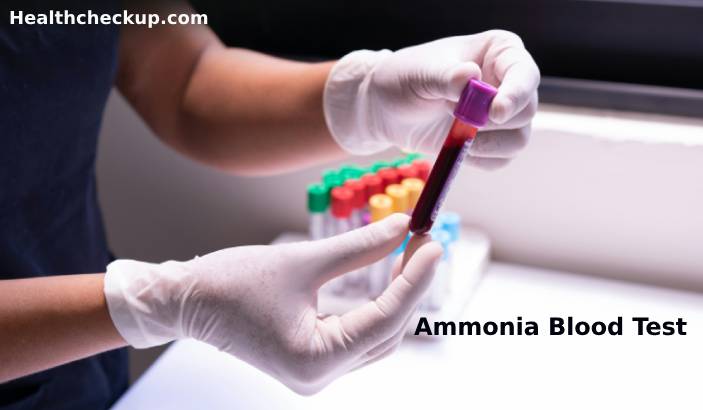The mxd blood test stands for Mixed Cell Count, and it forms a part of a complete blood count test or a WBC differential count. A major portion of the complete blood count consists of the measurement of the concentration of white blood cells, red blood cells, and the platelets in blood while a white blood cell (WBC) count is used to measure the number of white blood cells in the blood and a WBC differential count helps determine the percentage of each type of white blood cell present in the blood.
The Different Types Of WBCs And The MXD Blood Test
The white blood cells (WBCs) are also known as leukocytes and form an important part of the body’s immune system. They’re mainly responsible for protecting the body against infections and invading organisms such as bacteria and viruses. There are mainly five types of white blood cells in the body, and these are;
- Neutrophils: These cells form the first line of defense when an infection strikes the body, and they are responsible for killing and digesting bacterial and fungal cells.
- Lymphocytes: These white blood cells are responsible for creating antibodies in the body, to defend it against bacteria, viruses, and other harmful invaders.
- Monocytes: These cells help break down bacteria.
- Basophils: These cells are responsible for the allergic reaction in the body as they secrete chemicals such as histamine when infectious agents enter the body and thus help control the body’s immune response.
- Eosinophils: The eosinophils work by attacking and killing parasites, destroying cancer cells, and set off allergic responses in the body as a reaction to allergens.
Out of the five types of white blood cells, the neutrophils and lymphocytes are considered the most important, and their levels are measured separately in a differential WBC count, and the levels of the remaining three types of white blood cells, i.e., the monocytes, eosinophils, and the basophils are sometimes measured together in an MXD blood test.
What Is MXD In CBC?
The complete blood count (CBC), is a broad screening test used by doctors to determine a person’s general health status. The test measures many important values related to the blood cells and generally includes;
- The white blood cell count
- The white blood cell differential count including the MXD blood test value
- The red blood cell count
- Hematocrit, which is the measure of the proportion of the RBCs to the fluid component of the blood called the plasma
- The hemoglobin percentage
- The Mean Corpuscular Volume (MCV)
- The Mean Corpuscular Haemoglobin (MCH)
- The Mean Corpuscular Haemoglobin Concentration(MCHC)
- The Red Cell Distribution Width (RDW)
- The Platelet Count
- The Mean Platelet Volume (MPV)
The main components of the CBC are the WBC, RBC, and platelets’ count, and the other components portray the characteristics of these cells, such as their size, color, maturity, and function.
The normal range for the WBC count is between 4,300 and 11000 cells per cubic millimeter of blood. A normal RBC count is generally considered to be between 4.2 to 5.9 million cells per cubic millimeter of blood, and the normal range for the platelet count is considered to be between 150,000 to 400,000 cells per cubic millimeter of blood.
The complete blood count test is mainly used by doctors to evaluate a patient’s overall health, as mentioned earlier, and to detect a wide range of disorders that include anemia, systemic infection or the infection of a specific part of the body, and even leukemia. An abnormal rise or fall in the specific cell counts indicate an underlying disease that may call for further evaluation.
MXD In Blood Test
As mentioned earlier, the MXD blood test is performed as part of a CBC or WBC count or differential WBC count.
So, the preparation for the test is the same as it is for the aforementioned tests. Your doctor may ask you to stop taking certain medications such as over-the-counter supplements and vitamins for a few weeks before your blood sample is collected, as these medications might affect the test results. And there is no need to fast before the test.
The test is performed by obtaining a few millimeters of blood from the patient. The blood sample is usually collected in a lab by a lab technician. The blood sample is drawn from a vein present either at the bend of the arm or in the hand. Before collecting the blood sample, the technician cleans the skin over the vein from which the sample is to be obtained, with an alcohol pad, and a needle is inserted into the vein. The blood is then pulled from the vein through the syringe and collected in a clean vial. The blood sample is then sent for analysis.
What Is MXD% In Blood?
MXD% in the blood is a mixed cell percentage in the blood. There is a certain % of each cell type in the blood that is considered to be normal. If those proportions are out of order, your mxd% increases. A percent breakdown of each cell type tells what the exact problem is.
MXD Normal Range
The MXD blood test also referred to as the Mixed Cell Count Blood Test, is the collective measurement of the levels of the three types of white blood cells which are less significant than the neutrophils and lymphocytes. The test, therefore, measures the combined levels of monocytes, eosinophils, basophils in the blood. The results are expressed as mxd%, and the MXD normal range for a blood test value is considered to be between 5% to 10%.
What Does Low or High MXD Blood Test Mean?
As earlier mentioned, white blood cells form an important part of the immunity system in the body. Usually, a differential WBC count along with a physical examination is enough for a doctor to diagnose any underlying disease leading to the abnormal WBC levels.
High MXD blood means an immune response to an inflammatory condition in the body. The monocytes, eosinophils, and basophils have specific functions to perform in case of the presence of foreign bodies such as bacteria, allergens, parasites, or cancer cells in the body, and an increased MXD in blood test indicates that the immune system is reacting to one of these foreign bodies, and may indicate certain diseases such as asthma, arthritis, leukemia, or tuberculosis.
A low MXD blood test value indicates impaired immunity in the body caused by certain diseases such as cancer, HIV, bone marrow disease/ disorder, lymphoma, lupus, or severe infections.
Medically Reviewed By

I am an experienced Medical/Scientific writer with a passion for helping people live a happy healthy life. My thirst for writing has followed me throughout the years – it is there when I wake up, lingering at the edges of my consciousness during the day, and teases me at night as I go to sleep.








